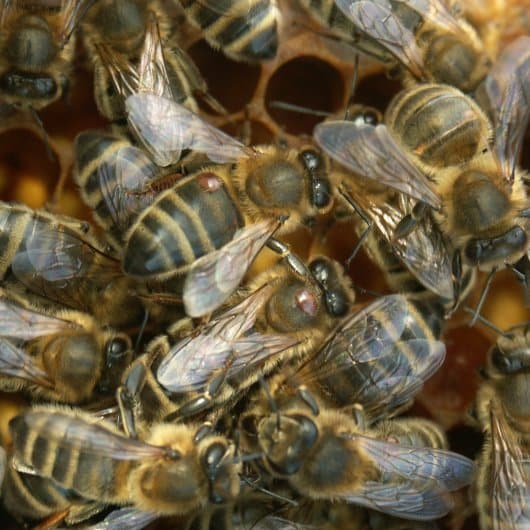Approximately the same numbers of honeybees survived the winter in the Netherlands as last year. This year around 84% of the honeybees came through the cold season, a similar amount to the 86% last year.
“While we know that people are increasingly aware of bee health, we cannot be sure whether this explains these figures,” says Bram Cornelissen, scientist at Wageningen University & Research. “There are various causes for mortality, including disease, the quality of beekeeping and crop protection products… I don’t think the figures give cause for concern at this point, but we have to remain vigilant and keep a close watch on developments.”
Parasitic mite
Bert Berghoef, chairman of the Dutch Beekeepers Association (NBV): “I am pleased that 55% of beekeepers saw their entire colonies survive the winter. For over 50 years, beekeeping has been coping with a parasitic mite (Varroa destructor) which, combined with viruses that are life-threatening to bees, is a major cause of winter mortality. There are good methods to control the mite and the viruses it spreads, and our beekeepers are constantly improving their skills in this respect.”

Beekeepers
The research involved a digital survey sent to a large number of randomly selected beekeepers from among the members of the NBV and Imkers Nederland (Beekeepers Netherlands). In the questionnaire, the beekeepers indicated how many colonies went into the winter and how many came out intact. This year 763 beekeepers participated, who together had 5570 colonies of which 4695 survived the winter. The survey was performed by Naturalis and Wageningen University & Research in cooperation with the NBV and Imkers Nederland.
The research is part of the Honeybee Surveillance Programme, commissioned by the Dutch Ministry of Agriculture, Nature and Food Quality (LNV). The ministry financed 51% of the project while the Dutch Crop Protection Association Nefyto financed 49%.
Source: Wageningen University & Research











